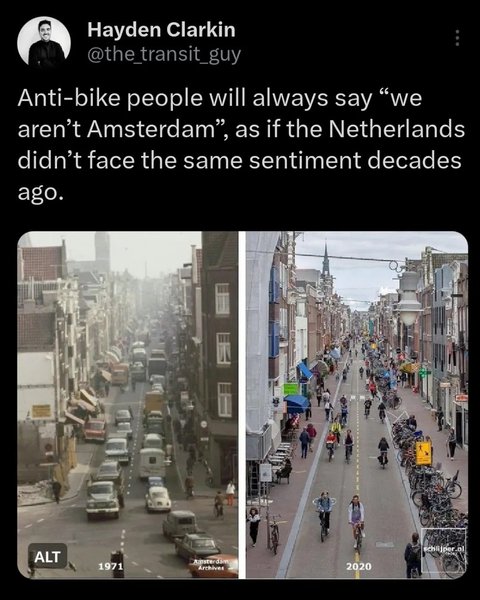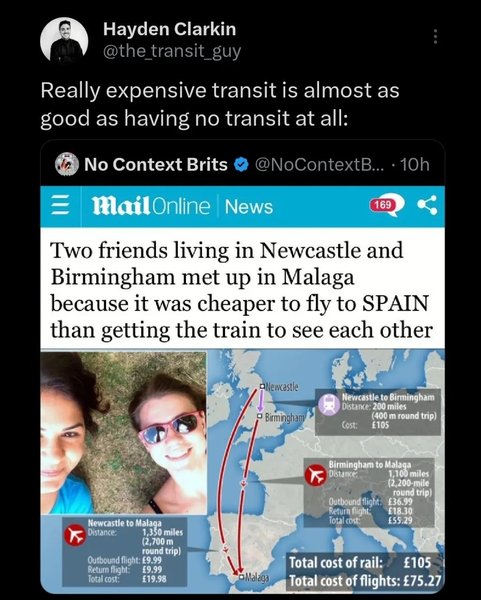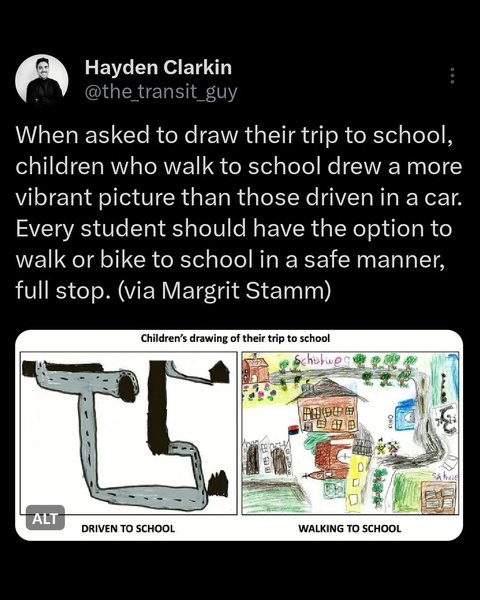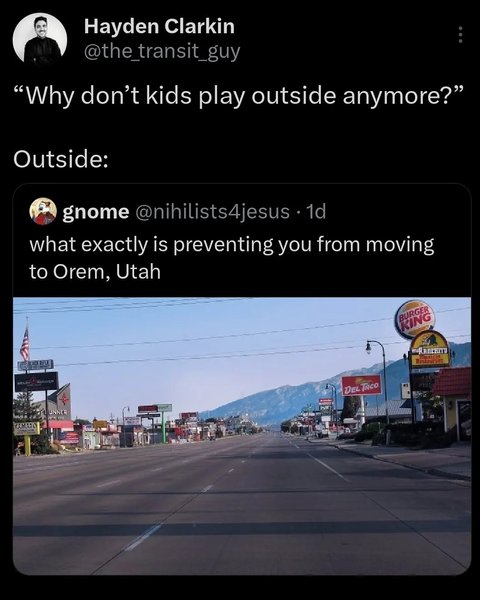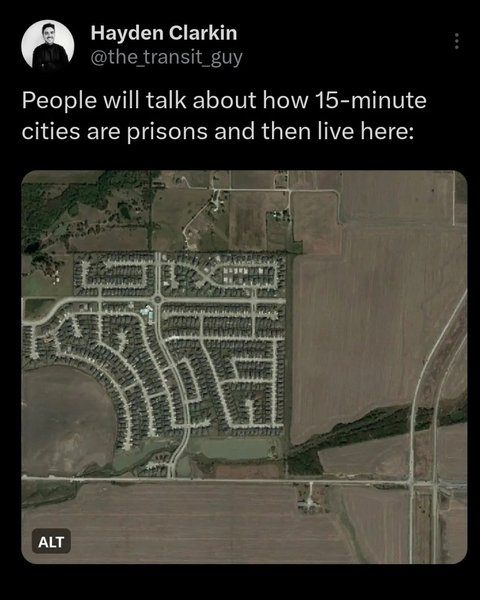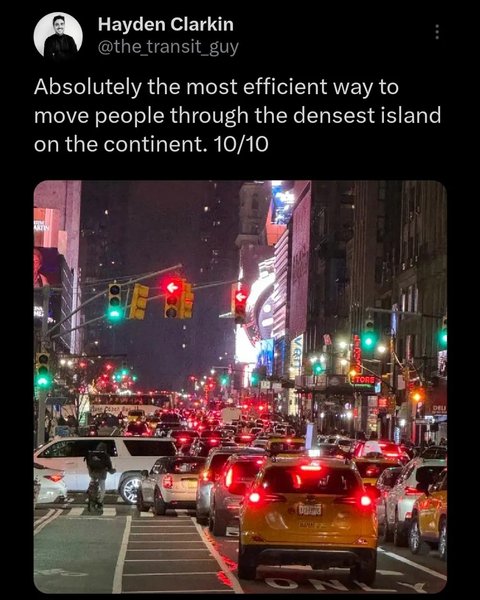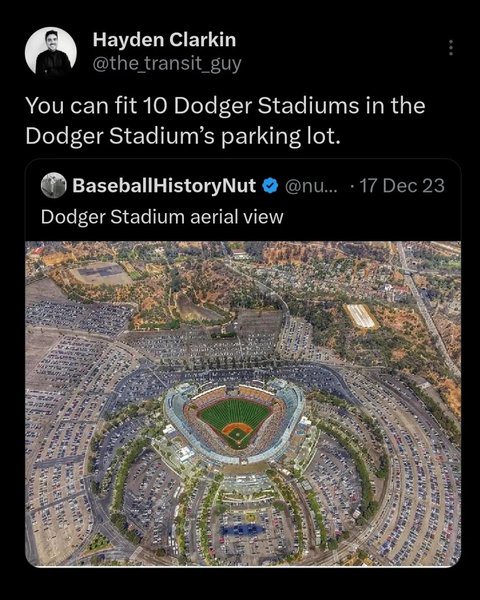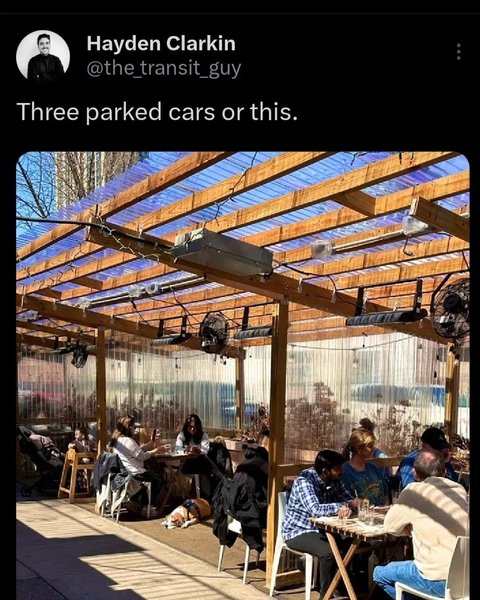Sublime
An inspiration engine for ideas

Hyperloop notes
Be able to book a seat at certain time intervals (every 3 hours, let's say)
A train can always add another car
No random hidden exhorbant (exorbitant??) confusing fees
Luggage costs based on specific volume and mass, rather than a step function
Food is healthy and reasonably priced, water is free, WiFi is free
Overall pleasant simple
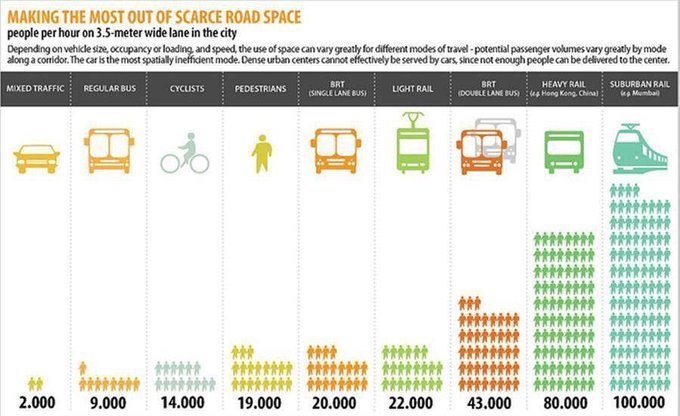
One 12-foot-wide lane for:
Heavy Rail—moves 80,000 people/hr.
Light Rail—22,000.
Bus Rapid Transit—20,000.
Pedestrians—19,000.
Bicycles—14,000.
Automobiles—2,000.
So...can someone remind me why we continue to plan & build our space-limited... See more
A collection of thoughts by the fantastic @thetransitguy
instagram.comNote that I didn’t say that cities should build bus networks that maximize access to jobs. I said they should maximize access to destinations. That’s because more than two-thirds of transit trips (and four-fifths of all trips) are noncommute trips.10 For this reason, there are usually more people who use the bus in a city than decisionmakers
... See moreSteven Higashide • Better Buses, Better Cities: How to Plan, Run, and Win the Fight for Effective Transit
Make "New Towns" to Create Walkable, Bikeable, Transit-oriented Places
Justin Hollanderopen.substack.com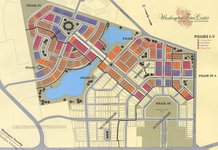

@ChrisJBakke @xkcd there weren’t that many people driving to begin with. A FEW private cars just takes up a lot of road space. https://t.co/i6WNLMKKci
The main thing preventing support for walkable development and public transit in America is urban crime and disorder
Noah Smith 🐇x.com